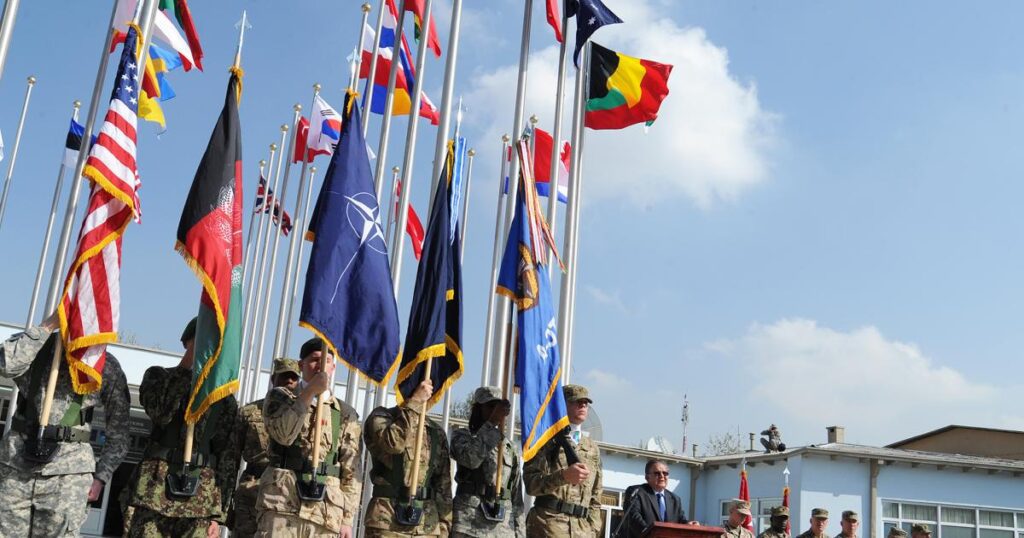NATO, founded in 1949 in response to Soviet aggression, has a mission to provide collective defense and promote democratic values in the Euro-Atlantic area. It plays a crucial role in international security by conducting military exercises, crisis management operations, and peacekeeping missions. In recent years, NATO has focused on new threats like cyber attacks and terrorism, increasing its presence in Eastern Europe in response to Russian aggression. Through the Readiness Action Plan, NATO remains prepared to address security challenges effectively. As the security landscape evolves, NATO will continue to adapt and enhance its capabilities to ensure the security and stability of its member states.
History of NATO
The North Atlantic Treaty Organization (NATO) was established on April 4, 1949, in response to the growing threat of the Soviet Union in post-World War II Europe. The founding members of NATO included the United States, Canada, and 10 Western European countries. The main goal of NATO was to provide collective security and defense against potential aggression from the Soviet Union.
Mission of NATO
The mission of NATO is to safeguard the security and territorial integrity of its member states through collective defense. This means that an attack on one member state is considered an attack on all member states, and NATO will respond accordingly to protect the security of its members. NATO also aims to promote democratic values, security, and stability in the Euro-Atlantic area.
Role in International Security
NATO plays a crucial role in international security by providing a forum for member states to consult and cooperate on defense and security issues. NATO conducts joint military exercises, crisis management operations, and peacekeeping missions to promote stability and security in regions of conflict. NATO also engages in partnerships with other countries and organizations to address global security challenges such as terrorism, cyber threats, and nuclear proliferation.
Recent Developments
In recent years, NATO has adapted to the changing security environment by focusing on new threats such as cyber attacks, hybrid warfare, and terrorism. NATO has also increased its presence in Eastern Europe in response to Russian aggression in Ukraine and Crimea. In 2014, NATO launched a Readiness Action Plan to enhance its ability to respond to security challenges in a timely and effective manner.
Conclusion
In conclusion, NATO continues to play a key role in promoting security and stability in the Euro-Atlantic area. Through collective defense and cooperation, NATO ensures the security of its member states and contributes to international peace and security. As the security landscape evolves, NATO will continue to adapt and strengthen its capabilities to address emerging security challenges.
